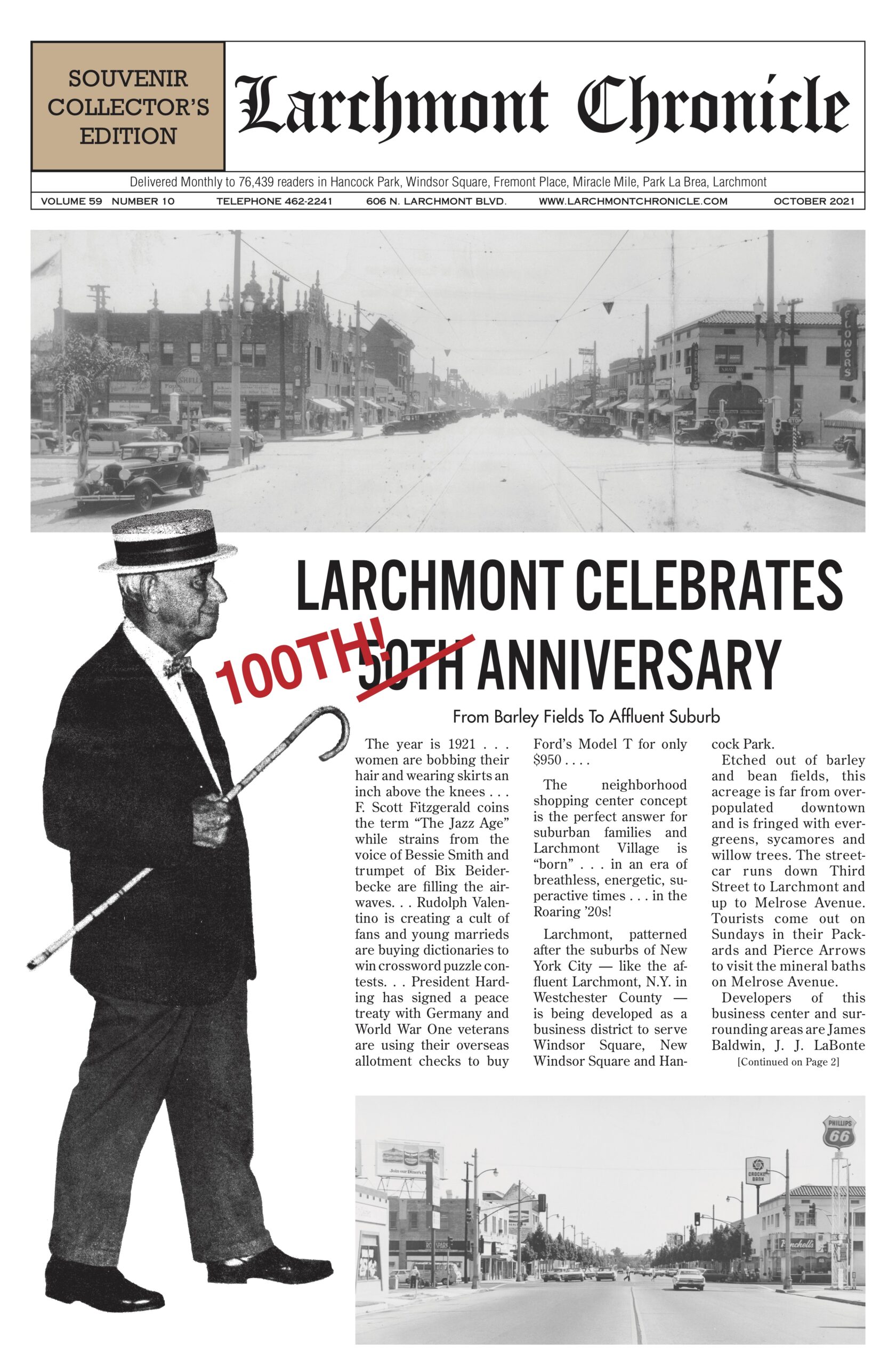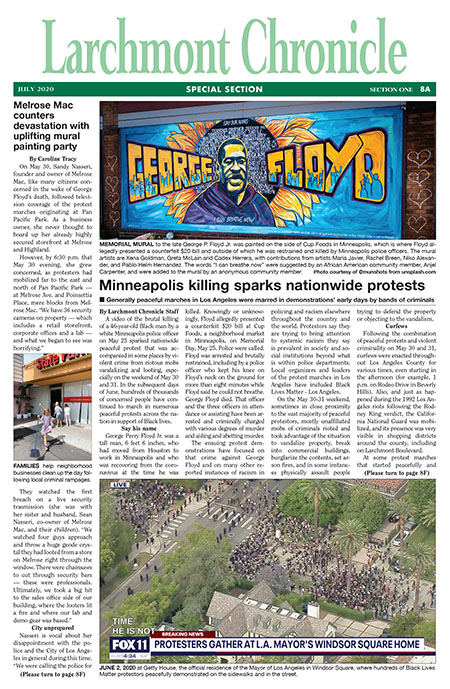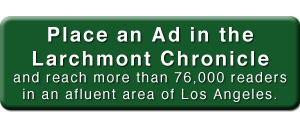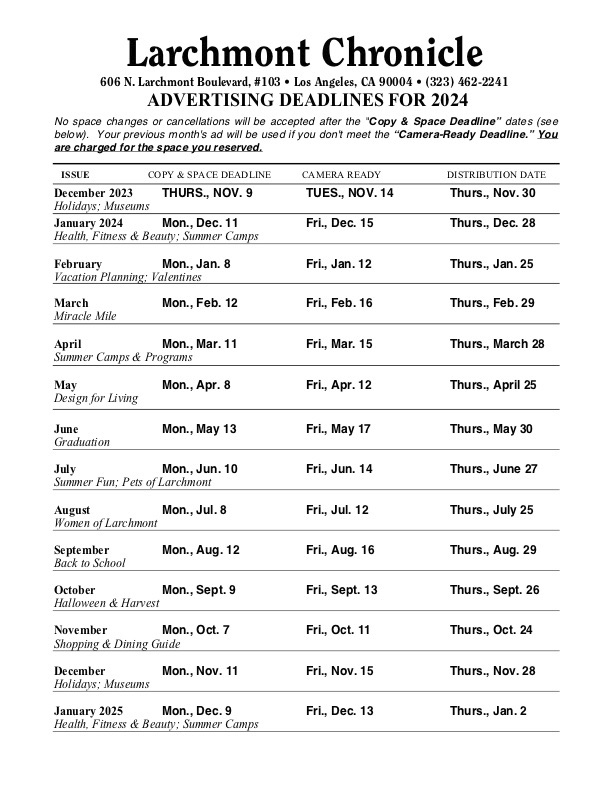Modernism in our midst: Masterpieces and McMansions
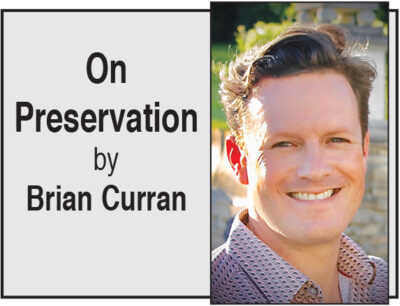 October 13-16 is “Modernism Week October” in Palm Springs, a celebration of the desert city’s history and heritage as a laboratory for modern, mid-century and contemporary design.
October 13-16 is “Modernism Week October” in Palm Springs, a celebration of the desert city’s history and heritage as a laboratory for modern, mid-century and contemporary design.
Really a Modernism weekend, the festivities serve as a warm-up for the fall 2023 Modernism Week from Feb. 16 to 26. The exciting schedule for the October weekend (modernismweek.com) got me thinking of the moderns in our midst here in Greater Wilshire. Far from being trapped in amber, our communities have grown and added new structures and seen remodels as the decades have passed while preserving the vast majority of our early-20th-century structures.
In a sense, the historic homes in our community have always been modern. While they may have drawn from historic sources for inspiration for their façades and details, their floor plans, services and conveniences were always marketed as the latest in technology and comfort. The replicas of Italian villas, Spanish haciendas, Colonial mansions and Tudor manors all shared splendidly tiled bathrooms, large kitchens with ice boxes and even call systems.
But modern design, which reflected the machine age with its confidence and faith in technological progress, was a little suspect to the residents of Windsor Square, Hancock Park and their surrounding communities. The house builders and owners sought to cloak their often new fortunes in the trappings of the landed gentry and to solidify their positions through a projection of history. But even among such reticence and social conformity there were those who embraced the modern aesthetic.
The Thirties
1930 marked a turning point in this thinking when several Art Deco and Streamline Moderne houses and apartments arrived. Among the finest was 191 S. Hudson Ave., a rare jewel of an Art Deco single-family residence designed by Clarence J. Smale. This was followed by three important Art Deco multifamily residences: female architect Frankie Faulkner’s 267 S. Mansfield Ave. and 100 N. Sycamore Ave. by The Arthur C. Wright Co. as well as The Ravenswood Apartments by Max Maltzman, all completed in 1930. Milton J. Black’s Streamline Moderne Mauretania Apartments at 520-522 N. Rossmore Ave. would follow in 1934. The late thirties saw two more significant single-family homes with the construction of the austere modern George C. Carson Residence at 153 S. Beachwood Dr. in 1937 and 357 N. Citrus Ave. in 1938 by the titan of California Modernism and Richard Neutra protégé Gregory Ain.
Mid-Century
Like Art Deco, Mid-Century Modernism made its mark on the communities of Greater Wilshire, starting slowly with the fashion of low-slung ranch houses such as neo-traditional 304 S. Plymouth Blvd. built in 1949, the Asian-inspired 301 S. Rimpau Blvd. by Ashton and Wilson in 1953 and the more modern ranch of 216 S. Rimpau Blvd. by Comeau and Warner in 1955. Mid-century also gave rise to the exuberance of Jack Elgin Woolf’s masterpiece of Hollywood Regency, the 1953 Reynolds Residence at 200 S. Rimpau Blvd.
The Sixties
It was not until the 1960s that Hancock Park became a locus of pure modernist taste as big-name talent began to build and settle here. Architects William Pereira and David Hyun both built their own personal modernist showplaces at 135 N. Rossmore Ave. and 300 S. Rossmore Ave., respectively, while noted modernist architect Paul Wuesthoff in 1963 shoehorned a discreet house for a client on a lot at 4857 West 4th St. Prolific mid-century apartment complex architect Jack Chernoff took a page out of Jack Woolf’s Hollywood Regency book and built 538 S. Plymouth Blvd. in 1963. Nearby at 447 S. Plymouth Blvd. in 1966, Stanley A. Moe, principal of the powerhouse corporate architecture and engineering firm Daniel, Mann, Johnson, Mendenhall, built his fortress-like residence in the heart of Windsor Square. This flowering of modernism in Greater Wilshire came to an end with A. Quincy Jones’ modern manse for William Coberly Jr. at 247 Muirfield Rd.
The Eighties
The last quarter of the 20th century produced some notable works by less renowned architects, such as Ricardo Santiago’s nautical Post-Modern 1983 remodel at 212 N. Arden Blvd., followed by Dennis McFadden’s 116 N. Arden Blvd. Post-Modern Mediterranean in 1989. The Randy Washington Group’s 605 S. Rossmore Ave. is a palatial tribute to the “go-go” eighties. The pre-HPOZ nineties and early aughts showed a preference in pastiche McMansions with the noteworthy exceptions in 2001 of Linda Pollari and Robert Somol’s Off Use House at 950 S. Highland Ave., as well as Zoltan Pali’s simple and appropriately scaled 116 S. Arden Blvd.
The past two decades have seen a degradation of modern architecture via the proliferation of the “big white box” in the westerly neighborhoods of Greater Wilshire. While spacious and full of light, their designs, popular with builders and speculators, are often derivative of each other and out of scale and context with our historic communities. The area of La Brea Hancock (Citrus Avenue to La Brea Avenue from Third Street to Wilshire Boulevard) has been particularly impacted. A supersized version of this style, fit for a Kardashian, was recently completed at 315 S. Hudson Ave. by architect Gunther Motz for a developer.
Just when you think you have lost all hope in modern architecture, something comes along that redeems your faith. Dan Brunn’s Bridge House in Brookside at 750 S. Longwood Ave. could be described as Greater Wilshire’s own version of Frank Lloyd Wright’s Fallingwater, as Brunn’s house is an exceptional meeting of architecture and landscape, its elongated mass straddling the Arroyo de los Jardins, while at the same time being constructed with the latest green technologies. So pleased was the community with the design that the Bridge House was presented an award by the Windsor Square Hancock Park Historical Society.
Here’s to hoping that future modern houses in our communities reflect our tradition of respecting the past, while building for the future.
Category: Real Estate




